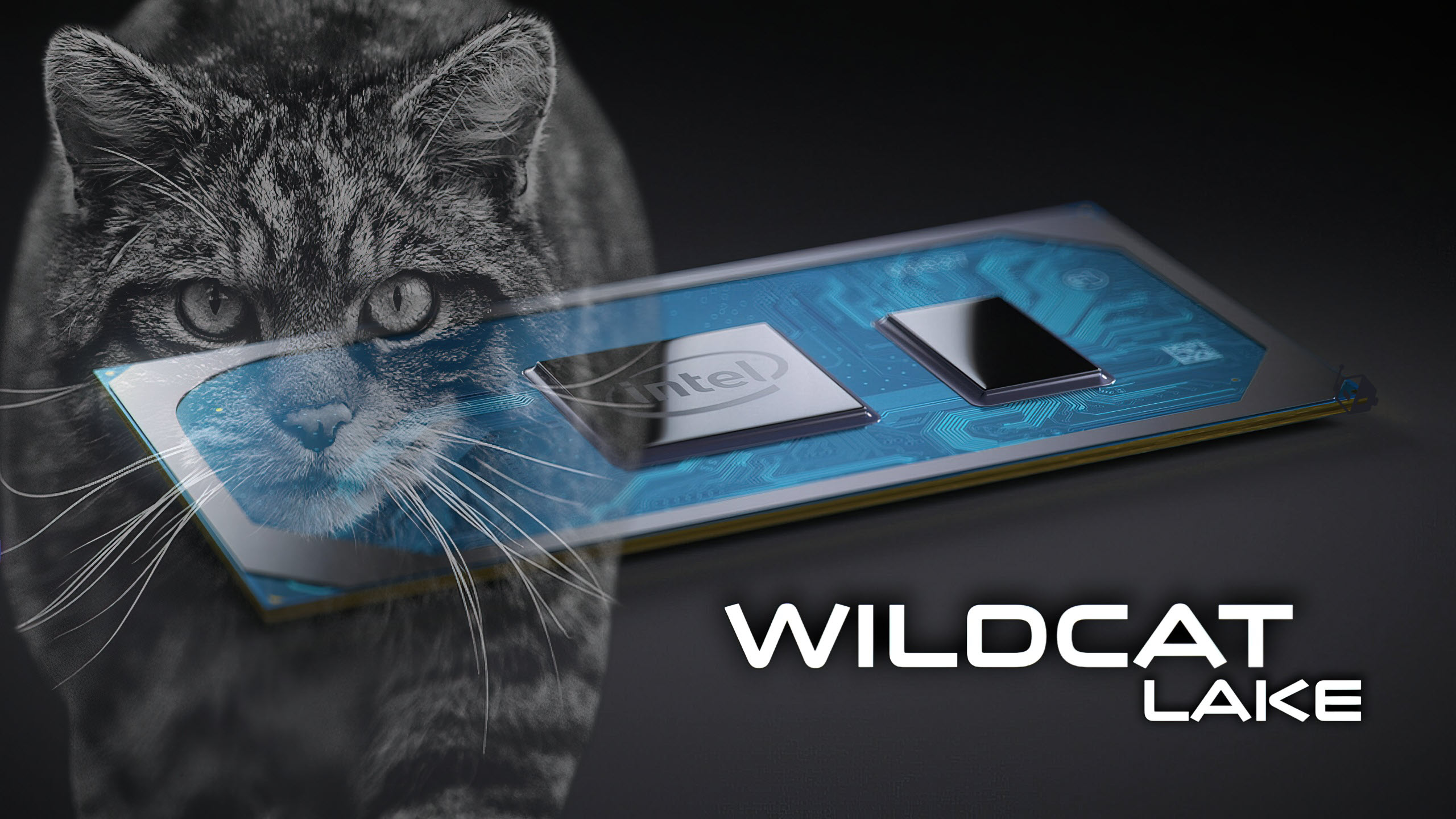
Intel’s Wildcat Lake CPUs: Budget-Friendly Chips Without Ray Tracing, But Some AI Muscle
Intel is gearing up to release its Wildcat Lake CPUs, designed to replace the aging Alder Lake-N lineup. Aimed squarely at the entry-level mobile market, these chips prioritize efficiency and cost-effectiveness over raw power. They’ll launch alongside the more performance-oriented Panther Lake CPUs but maintain architectural similarities.
Under the hood, Wildcat Lake packs a modest mix of 2 Cougar Cove P-Cores, 4 LP-E Darkmont cores, and 2 Xe3 GPU cores. This configuration enables support for Thunderbolt 4 and LPDDR5X/DDR5 memory, while also boasting up to 40 TOPS of AI processing power-split between CPU, GPU, and NPU.
Despite using the same Xe3 “Celestial” graphics architecture as higher-end chips, Wildcat Lake will not include ray tracing support. With only 2 Xe3 cores and 2 RT units, the omission is logical, though Intel has included XMX cores to enable some level of XeSS upscaling support. Whether that will translate into meaningful real-world performance remains to be seen.
The chips will come in a compact BGA 1516 package, making them a great fit for budget laptops, mini PCs, and possibly handheld gaming devices. TDPs are expected to be in the sub-10W range, making them ideal for fanless or ultra-light designs.
While not intended to break performance records, Wildcat Lake represents Intel’s ongoing commitment to the entry-level market-even if that means making some tough cuts. With a mid-2025 launch window, we’ll likely learn more in the coming months.